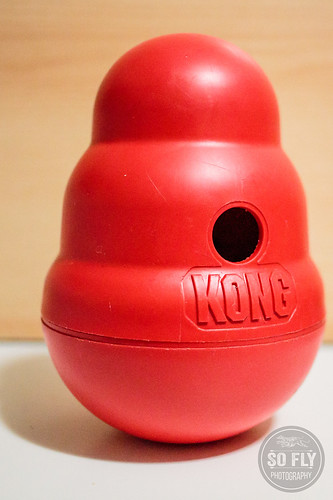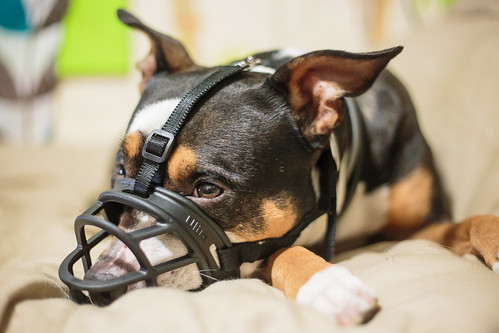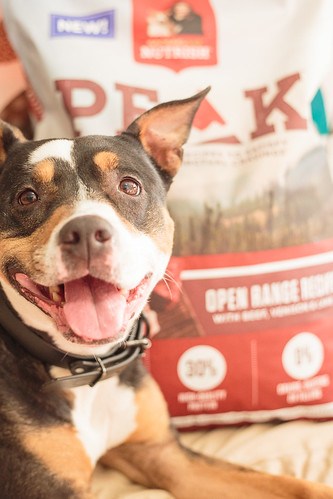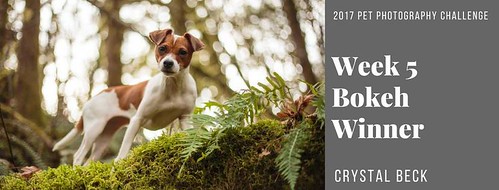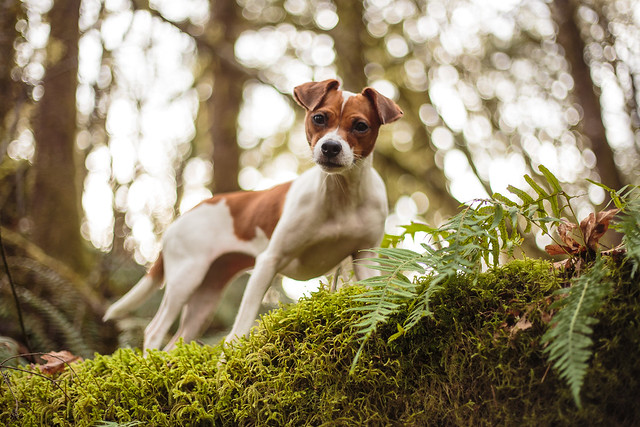Dog training tools abound. There are literally hundreds, or thousands, of tools to use when training your dog. The Positive Pet Training blog hop this month is focusing on sharing a few training tools, but it is so hard to choose what to share.
I'm going to share potentially the most controversial tool first: a muzzle.
 |
| Ptera wearing Koira's muzzle as a full-face-mask. |
A lot of people don't think muzzles have any place in positive training. Others think that only "bad dogs" wear muzzles. And neither of those things are true. Muzzles can certainly be used wrong, but there is nothing about them that is inherently against positive training. Properly introducing a dog to wearing a muzzle, being mindful of the situations in which they are asked to wear the muzzle, and making sure to be your dog's advocate can make muzzles a super positive experience. The number one thing that I like the most about using a muzzle is that other people tend to give more space to a muzzled dog, more so even than when you as the handler tell them your dog needs space, or any color of leash or ribbon tied to the leash. Part of this is taking advantage of the above preconception that "bad dogs" wear muzzles, so people try to avoid those "bad dogs" and part is that people see a dog wearing a muzzle as serious, while an owner saying their dog needs space doesn't appear as important. If my dog can comfortably wear a muzzle, and by doing so, she gains the space she needs to feel comfortable while out on walks, then that is what we will use a muzzle for. Of course, muzzles are useful in many other ways as well. I could do an entire post about it. Lets just say that muzzles are awesome and leave it at that.
The other training tools we are using right now are for an online class we are taking.
 |
| Two platforms and a gate |
The class is to teach dogs positions (front, heel, offside heel, behind, etc), and it uses a few tools to help explain the criteria to the dog along the way.
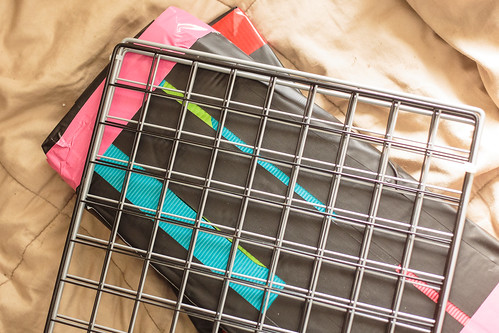 |
| Our platforms are super ugly, but they totally work |
The platforms are made of foam and taped together into a height of about 2-3 inches or so. Mine are homemade and ugly because I am cheap, but they work just fine. The platform is not the position the dog is supposed to take. Rather, the dog learns that whenever the platform is on the ground, they should go stand on it. Placing it in relation to the human so that the dog is in "front" or "heel" gets the dog used to the picture of where they are going to be. The cue is introduced and solidified by switching between multiple platforms before the platforms are ever faded away.
 |
| Ptera standing awkwardly on a platform with the gate around her- just for fun |
The gate is used both with and without the platforms as a non-aversive pressure to help the dog understand proper positioning. An example would be using it alongside the handler, far enough away for the dog to comfortably be next to the handler, to help the dog understand how to stand straight when coming into heel, rather than swinging their butt wide.
Along with these tools, we use two of the most important tools a trainer can have- a good working relationship with your dog, and plenty of rewards. I develop a relationship with my dogs by asking them to work, and by making work fun. My dogs respond by enthusiastically working with me, asking for more when we are done, and having fun with me. If either of us isn't having fun, that is when we need to stop and take a break (or, well, it is one step past where we should have taken a break!). Rewards for my dogs include a lot of things: treats of all kinds; tug toys; throwing a ball or toy; wrestling/personal play; and praise. Each of those has a long history of reinforcement as a reward.
Muzzles, gates, and platforms are just a few of the tools I use when training specific things. Rewards and a personal relationship are things that I use every time I train my dogs.
What kinds of things do you use while training? What tools do you think are the most essential?





